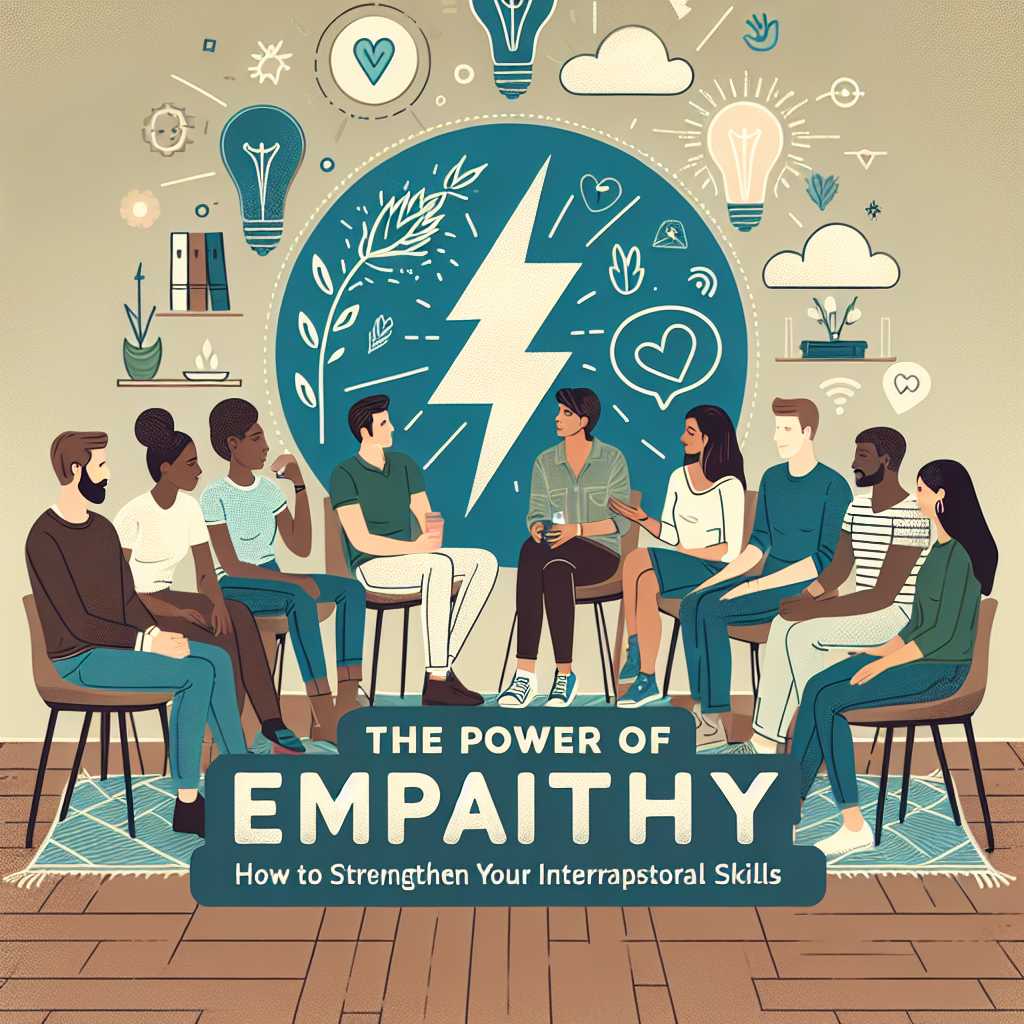In today’s fast-paced work environments, effective communication and teamwork are more important than ever. In order for organizations to succeed, employees need to be able to collaborate efficiently, share information easily, and work together towards common goals. However, achieving this level of collaboration can be challenging, particularly in large organizations with dispersed teams or complex projects. That’s where innovative collaboration strategies come in.
Innovative collaboration strategies are proactive methods that promote communication, improve teamwork, and drive productivity in the workplace. By adopting these strategies, teams can overcome barriers to collaboration, streamline processes, and achieve better results. In this article, we will explore five innovative collaboration strategies to help you improve communication and teamwork in your organization.
1. Implementing a digital collaboration platform
One of the most effective ways to promote collaboration in the workplace is by implementing a digital collaboration platform. These platforms provide a centralized hub where employees can communicate, share files, and collaborate on projects in real-time. With features like instant messaging, video conferencing, file sharing, and task management, digital collaboration platforms make it easy for teams to work together, no matter where they are located.
By using a digital collaboration platform, teams can break down silos, improve communication, and increase transparency. These platforms also provide valuable insights into team performance, helping managers identify areas for improvement and make data-driven decisions. Overall, implementing a digital collaboration platform can significantly enhance teamwork and productivity in the workplace.
2. Encouraging cross-functional collaboration
Cross-functional collaboration involves bringing together employees from different departments or disciplines to work on a common project or goal. By encouraging cross-functional collaboration, organizations can leverage diverse perspectives, knowledge, and skills to drive innovation and solve complex problems. Cross-functional teams are also more adaptable and responsive to change, as they are not limited by departmental boundaries.
To promote cross-functional collaboration, organizations can create interdisciplinary teams, hold regular cross-departmental meetings, and encourage employees to share their expertise with colleagues from other departments. By fostering a culture of collaboration and breaking down organizational silos, organizations can harness the full potential of their workforce and achieve better results.
3. Using collaborative tools and technologies
In addition to digital collaboration platforms, organizations can also leverage a variety of collaborative tools and technologies to improve communication and teamwork. These tools include project management software, online brainstorming platforms, virtual whiteboards, and collaborative document editing tools. By using these tools, teams can streamline workflows, share information more efficiently, and track progress in real-time.
Collaborative tools and technologies can also facilitate remote work and enhance communication among dispersed teams. With features like video conferencing, screen sharing, and instant messaging, employees can collaborate seamlessly, regardless of their physical location. By investing in collaborative tools and technologies, organizations can create a more agile, innovative, and connected workforce.
4. Promoting a culture of feedback and continuous improvement
Feedback is essential for effective collaboration and teamwork. By encouraging a culture of feedback and continuous improvement, organizations can empower employees to share their ideas, provide constructive criticism, and learn from their mistakes. Feedback promotes open communication, builds trust among team members, and drives a culture of accountability and excellence.
To promote feedback and continuous improvement, organizations can implement regular performance reviews, conduct team retrospectives, and encourage peer-to-peer feedback. By creating a safe and supportive environment for feedback, organizations can foster a culture of transparency, growth, and collaboration. Feedback also provides valuable insights into team dynamics and helps organizations identify areas for improvement.
5. Investing in team-building activities and training programs
Finally, investing in team-building activities and training programs can help improve communication and teamwork in the workplace. Team-building activities promote trust, communication, and camaraderie among team members, while training programs enhance employees’ skills, knowledge, and collaboration abilities. By investing in these initiatives, organizations can strengthen team cohesion, boost morale, and improve overall team performance.
Team-building activities can take many forms, including team retreats, icebreaker games, and volunteer projects. These activities help build relationships, foster teamwork, and enhance collaboration among employees. Training programs, on the other hand, can focus on communication skills, conflict resolution, leadership development, and other relevant topics. By investing in team-building activities and training programs, organizations can create a more cohesive, engaged, and productive workforce.
FAQs
Q: How can organizations measure the impact of their collaboration strategies?
A: Organizations can measure the impact of their collaboration strategies by monitoring key performance indicators (KPIs) related to teamwork, communication, and productivity. These KPIs can include metrics like project completion time, employee satisfaction, team engagement, and customer feedback. By analyzing these metrics over time, organizations can identify the effectiveness of their collaboration strategies and make data-driven decisions to improve them.
Q: How can organizations ensure that their collaboration strategies are inclusive and equitable?
A: Organizations can ensure that their collaboration strategies are inclusive and equitable by promoting diversity, equity, and inclusion (DEI) in the workplace. This can include creating diverse teams, offering equal opportunities for participation and advancement, and fostering a culture of respect and belonging. By prioritizing DEI, organizations can create a more inclusive and equitable work environment where all employees feel valued and empowered to contribute.
Q: What are some common challenges organizations may face when implementing collaboration strategies?
A: Some common challenges organizations may face when implementing collaboration strategies include resistance to change, lack of clear communication, poor technology adoption, and difficulty managing remote teams. To overcome these challenges, organizations can involve employees in the decision-making process, provide training and support for new technologies, set clear expectations and goals, and create a culture of flexibility and adaptability.
In conclusion, implementing innovative collaboration strategies can help organizations improve communication, foster teamwork, and drive productivity in the workplace. By leveraging digital collaboration platforms, encouraging cross-functional collaboration, using collaborative tools and technologies, promoting a culture of feedback and continuous improvement, and investing in team-building activities and training programs, organizations can create a more connected, engaged, and high-performing workforce. By prioritizing collaboration and teamwork, organizations can achieve their goals, overcome challenges, and succeed in today’s competitive business environment.





Leave A Comment